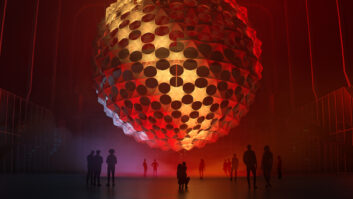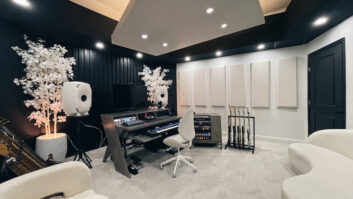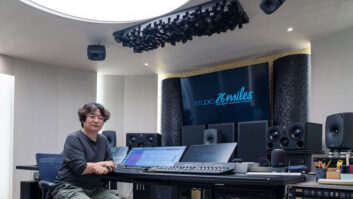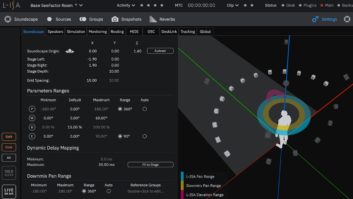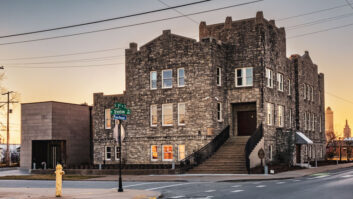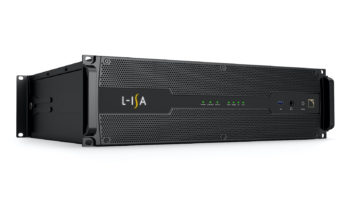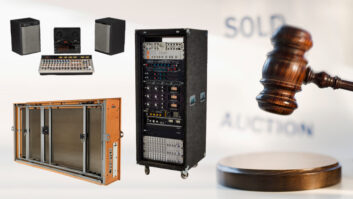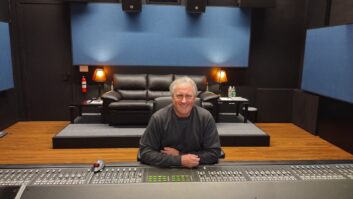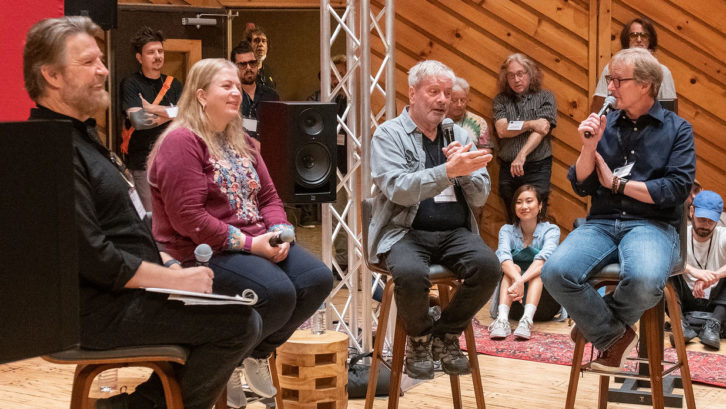
It was hot in New York City the first weekend in August. Hot and humid. The kind of days where you bring an extra shirt in your backpack because the 12-block walk along 10th Avenue at 8 a.m. is going to be a workout, and a costume change will be necessary by noon if you’re running around and getting ready for an all-day event.
On the return trip at 1 a.m., with road construction crews tearing up 10th and repaving it minutes later, barreling down block after block with klieg lights blazing and the constant bang-bang-thump of trucks being loaded, it was still near 90 degrees and the dampness still hovered. People, lots of people, were still out and about, from small groups of teens to lone dog-walkers in their 80s. Broadway had let out hours ago, but Midtown West was still serving dinner and drinks, and business seemed to be booming. Air conditioning brought relief in every market and corner pub, but it’s New York, where each day begins and ends on the streets. And the streets were bopping—morning, noon and night.
Hot, sticky, loud and crowded…it was great to be back in Manhattan.
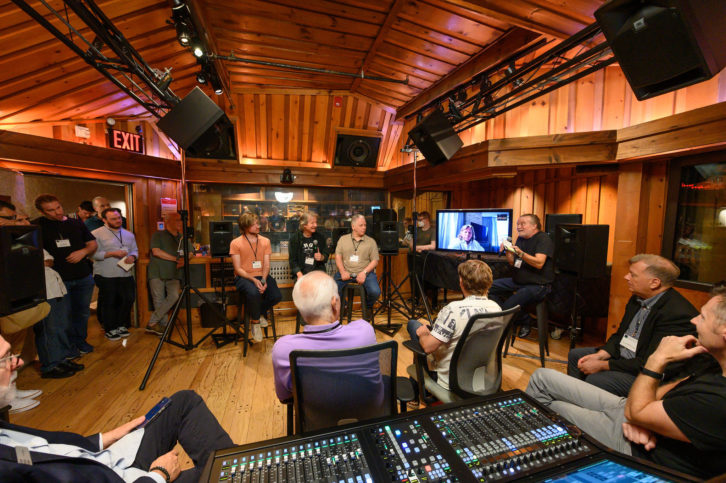
We were in town to launch Mix’s first-ever event focused on immersive music production, with our host partner Power Station at BerkleeNYC. For those new to the business, Power Station is one of those true Temples of Sound that was spared the wrecking ball in the decades-long winnowing of the large commercial recording complexes throughout the country. Built in 1977 by Tony Bongiovi and team and later sold and renamed Avatar, Power Station is one of the few left standing, and that’s thanks to Berklee College of Music swooping down from Boston in 2017 and saving the legendary rooms, expanding their profile beyond straight music education and production/engineering in the process.
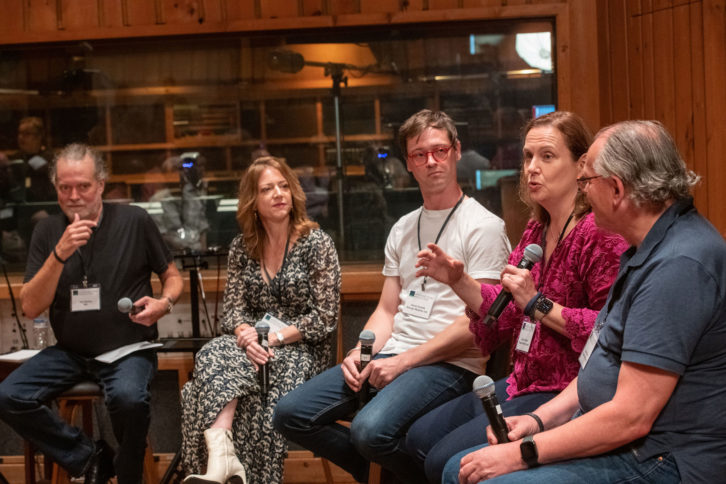
Under the direction of Stephen Webber, an audio Renaissance man who wrote one of the first books on scratching and DJ production while being equally conversant in the miking of an orchestra or a Broadway cast, Power Station at BerkleeNYC has quietly become a hybrid operation that on the one hand is a working commercial facility, and on the other hand teaches everything from aligning a tape machine to producing 360-degree, head-tracking sound fields for playback alongside 360-degree, 8K video presentations of big bands in action, all viewed through Oculus headsets. Thinking about the Metaverse while recording 10-piece ensembles in the round. Live. The demos are stunning. The future, you get the feeling, is well on its way to being the present.
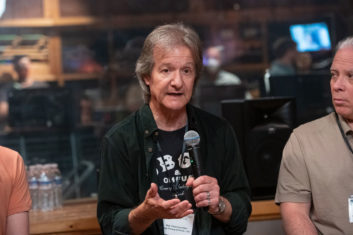
All of that takes place in the third-floor tech labs and downstairs in the Black Box Theater, a new, versatile video and audio production playhouse that was added during the two-year infrastructure renovation leading up to the January 2022 re-opening of the facilities. Audio engineers can rest easy. The wood and the walls weren’t touched. It’s the same Power Station it’s always been, and it still attracts top talent.
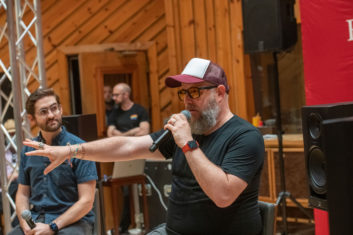
We had a lot of that top talent on hand in Studios A, B and C, all with some type of New York connection. In A, where Focusrite set up a control system and Kali Audio erected a speaker cage for 7.1.4 playback, we had George Massenburg flying in from Montreal, Michael Romanowski from the Bay Area, and the incomparable New York producer/engineer Ann Mincieli flying in from D.C. in the middle of Alicia Keys’ tour to discuss the three-year process of remixing Alicia’s catalog for immersive distribution. [Eric Schilling was unable to attend.] They won this year’s Grammy for Best Immersive Audio Album.
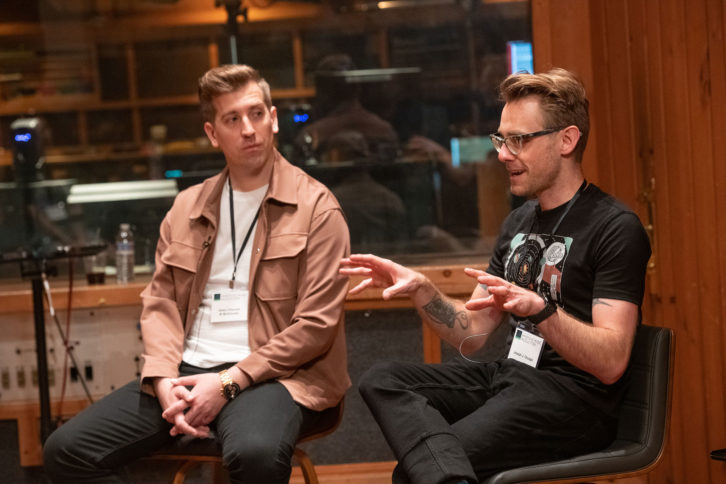
In Studio B, where SSL was demoing its System T console by remixing Green Day tracks live in the studio for playback through a JBL 7.1.4 Series 7 monitoring system, we talked with Troy Germano and Jason Stanilius of Germano Studios, where they tracked Joe Bonamassa’s Time Clocks album, joined by producer Kevin Shirley (Zooming in from Denver) and the legendary mix engineer Bob Clearmountain, who flew in from L.A. to the place he once called home, where he mixed a string of hits for the likes of David Bowie, Bruce Springsteen, Chic and Roxy Music. I found out that he also strapped on a tool belt and physically helped build the world-renowned Studio A back in 1976.
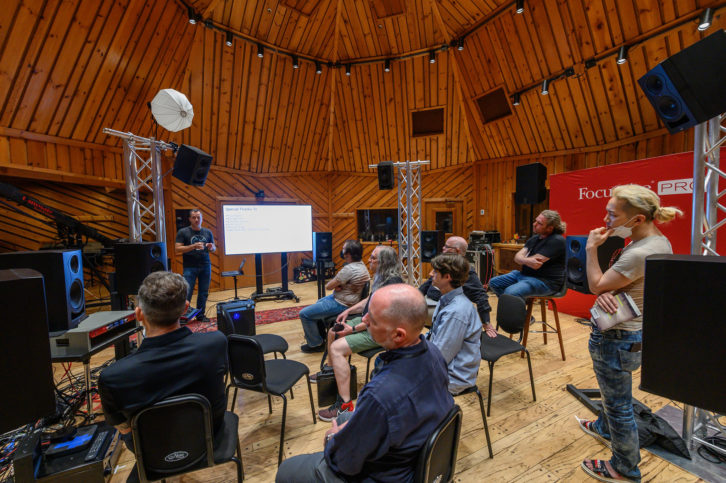
In Studio C, where IK Multimedia set up its new iLoud 11-speaker immersive bundle on mic stands in the control room, we hosted mix engineer Ronald Prent, mastering engineer Darcy Proper, Donna Kloepfer of Sony/Battery Studios and Strange Weather’s Daniel Schlett talking about the back end of Mastering and Distributing immersive music. A lively, relevant discussion. Even the veterans learned something new.
We also had presentations by Neumann/Sennheiser in Studio G showcasing headphones and plug-ins for Dear Reality/Dear VR and AMBEO. We had Apogee (and Clearmountain) in Studio E, and Sound Particles and Wholegrain Digital Systems in the exhibit hall. And while all this was going on, my colleague Clive Young had to duck into an upstairs office to conduct an interview with Ted Bible, monitor engineer for Def Leppard, about the Klang immersive in-ear monitor mixes for the rockin’ stadium tour profiled in our September issue’s cover story. It’s all coming together.
I am forever humbled, amazed and grateful at how willing this industry is to come together and share knowledge, even on a hot, humid, bustling weekend in August. But hey, it’s New York City! And it’s damn good to be back in the studio, talking about audio.
